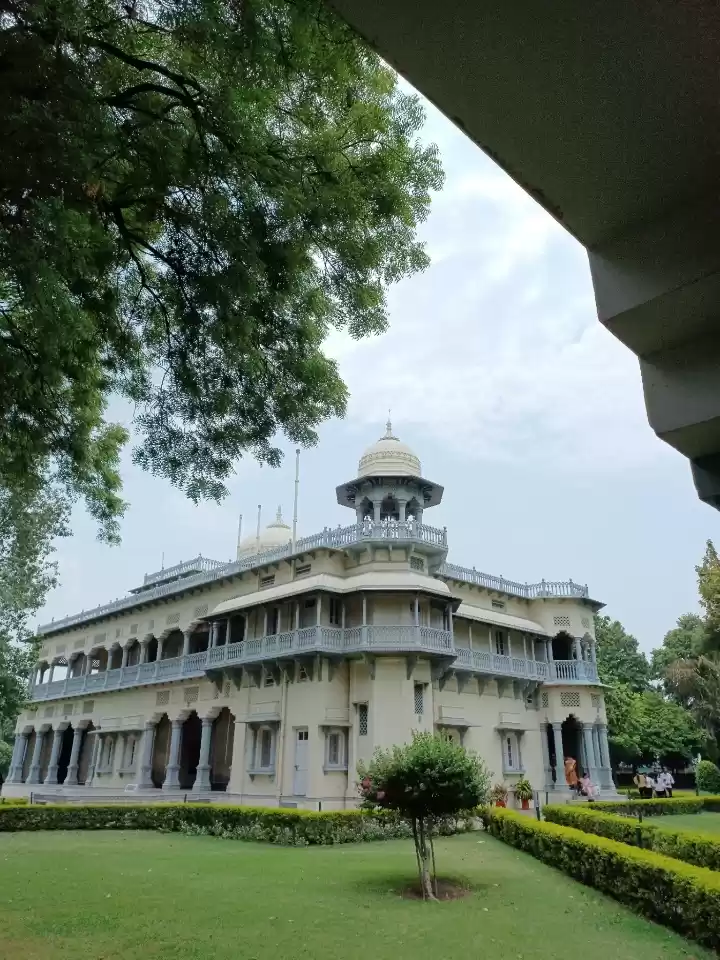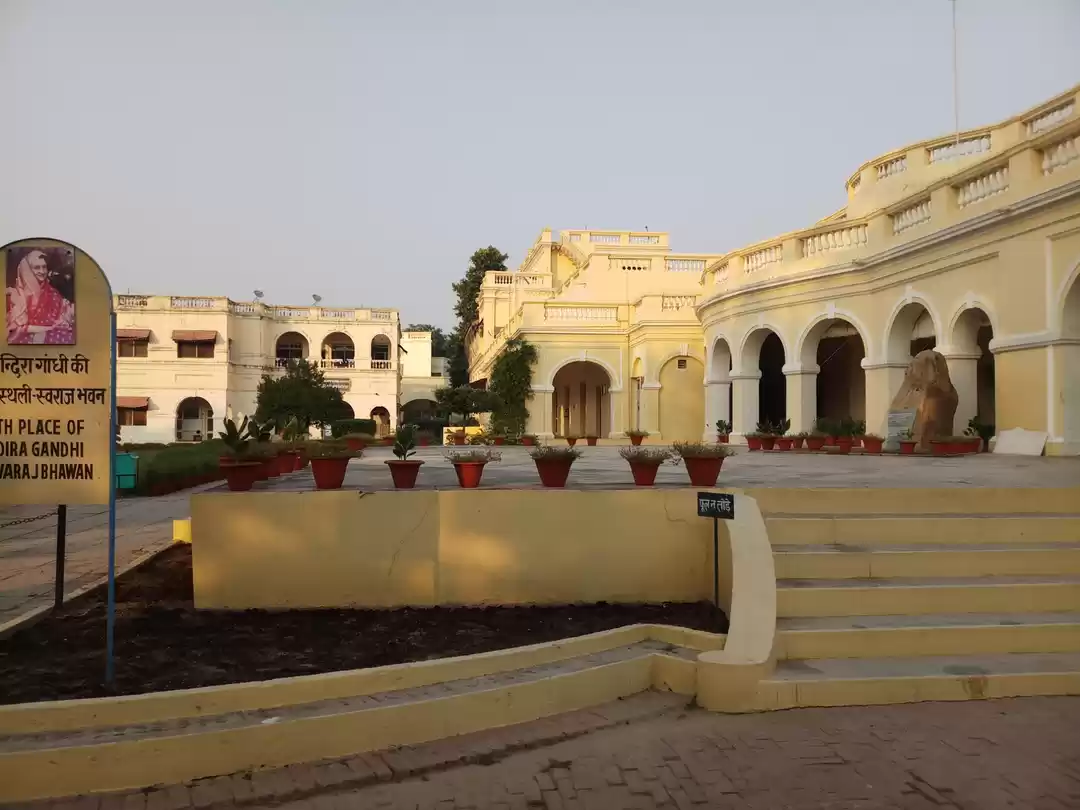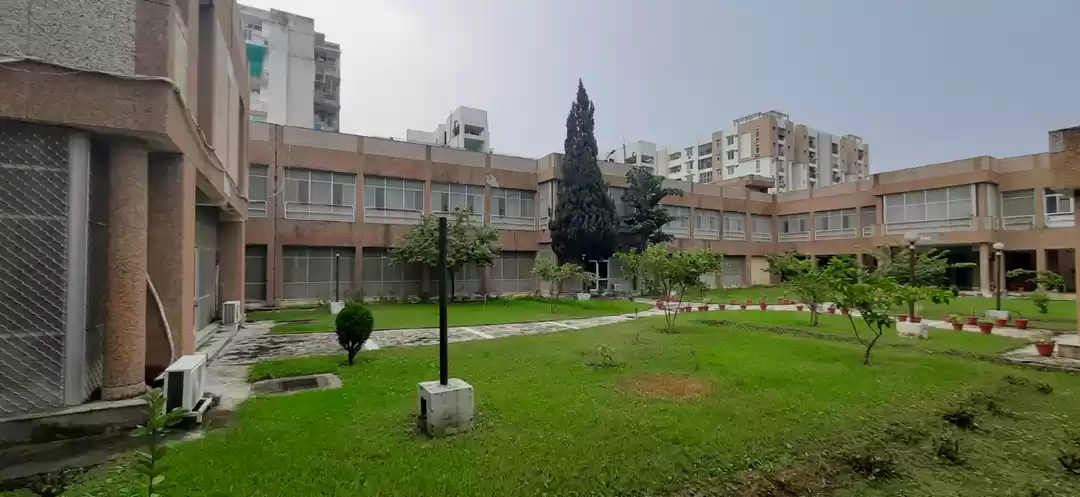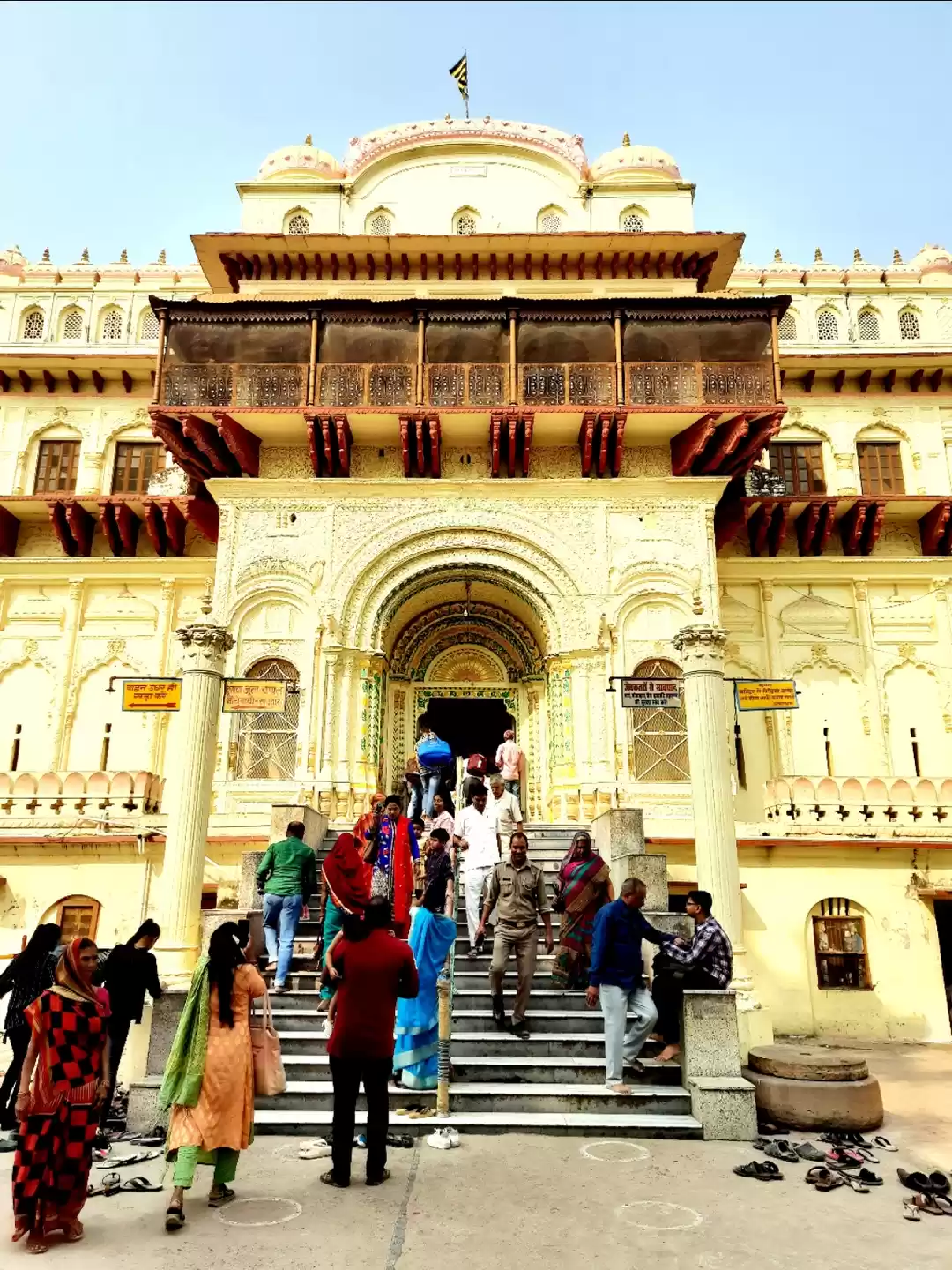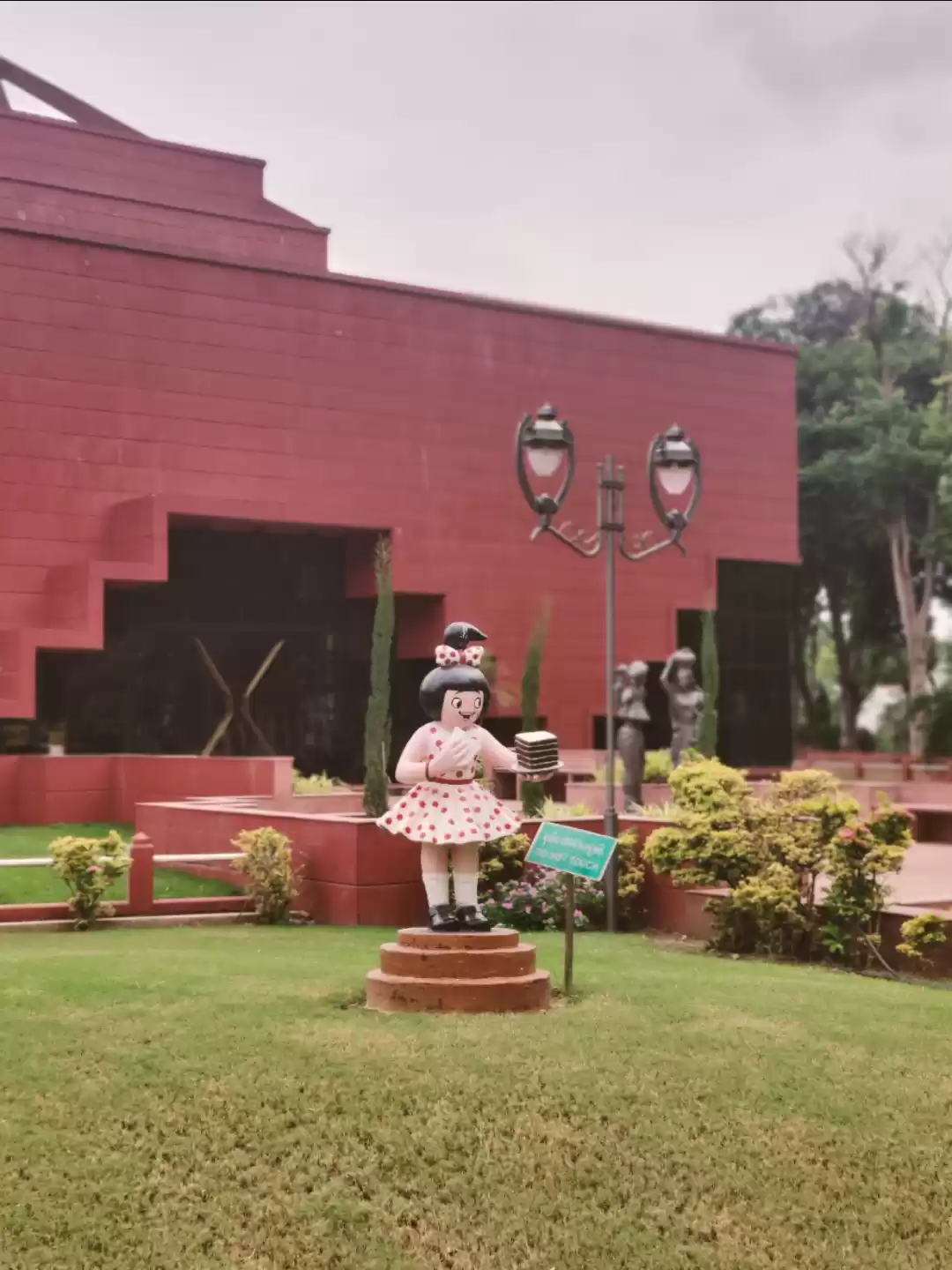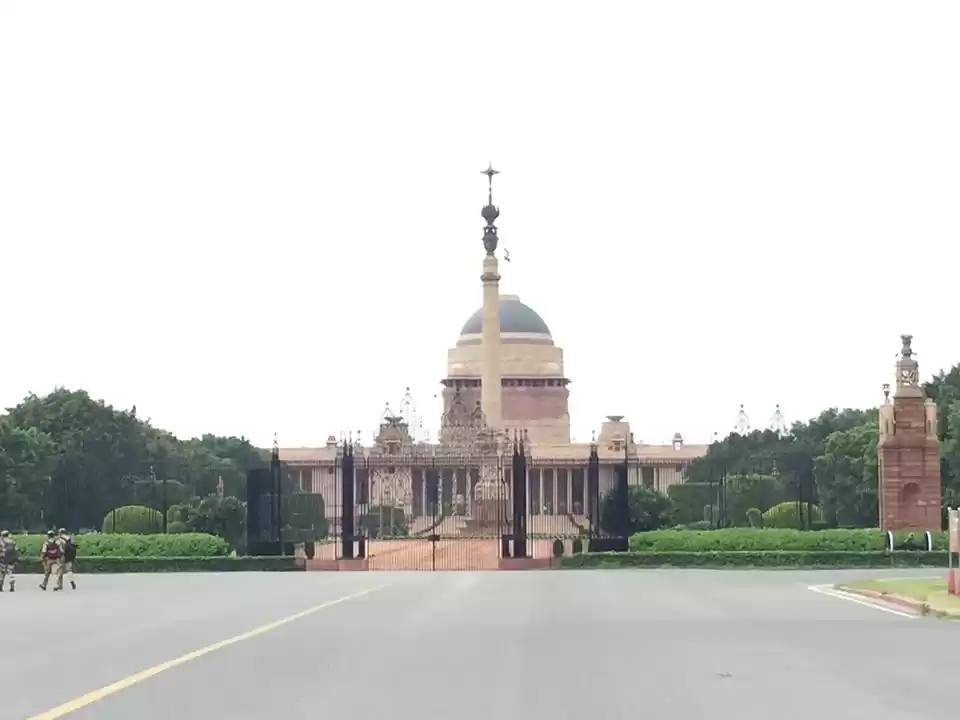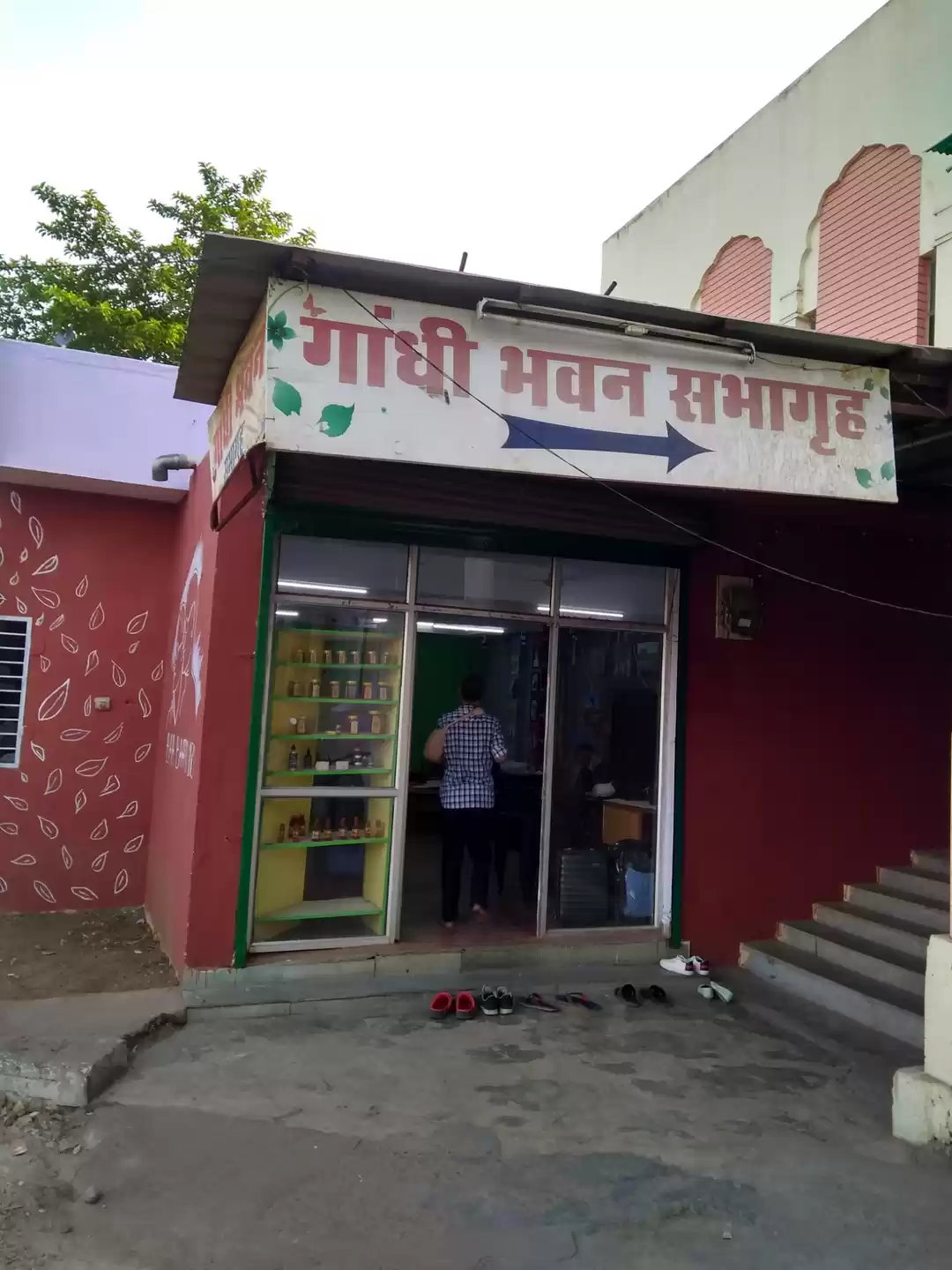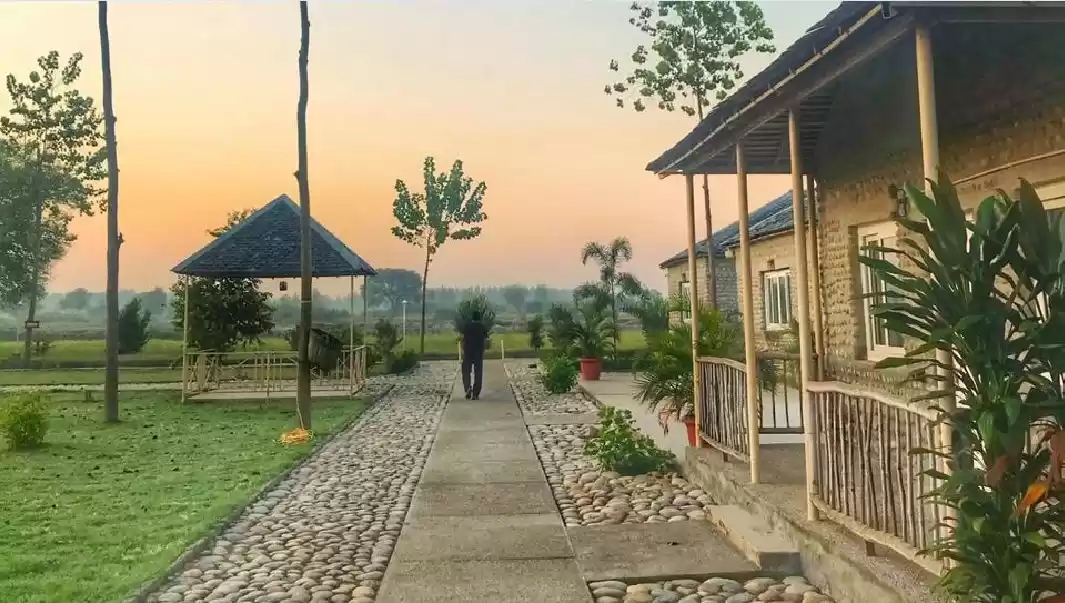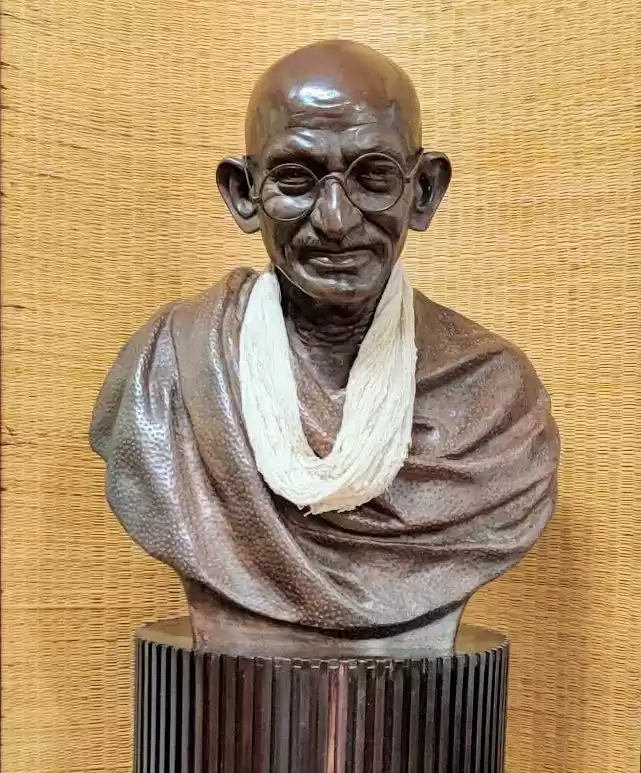Anand Bhavan is a museum and a national heritage site in Prayagraj (formerly Allahabad), Uttar Pradesh, India. It was the home of the Nehru-Gandhi family, one of the most prominent political dynasties in India, and the center of the Indian freedom movement. Anand Bhavan, which means "House of Happiness" in Hindi, is a witness to the history and culture of India, and a source of inspiration and education for the visitors.
In this article, we will explore the origin and evolution of Anand Bhavan, its collections and exhibits, and its significance and appeal. We will also provide some practical information and tips for the visitors who want to visit Anand Bhavan.

History of Anand Bhavan
Anand Bhavan was built by Motilal Nehru, a prominent lawyer and leader of the Indian National Congress, in 1930. He wanted to create a spacious and comfortable residence for his family, which included his son Jawaharlal Nehru, who would later become the first Prime Minister of India, and his daughter-in-law Kamala Nehru, who was a freedom fighter and a social activist. Anand Bhavan replaced the original family home, Swaraj Bhavan, which was donated to the Indian National Congress as its headquarters.
Anand Bhavan became the hub of the Indian freedom movement, as it hosted many meetings, conferences, and events of the Congress and other political parties. It also welcomed many eminent personalities, such as Mahatma Gandhi, the leader of the Indian independence movement, Subhas Chandra Bose, the founder of the Indian National Army, and Muhammad Ali Jinnah, the founder of Pakistan. Anand Bhavan witnessed some of the most crucial moments of the Indian history, such as the drafting of the Nehru Report, the launching of the Quit India Movement, and the announcement of the Partition of India.
Anand Bhavan remained the home of the Nehru-Gandhi family until 1970, when Indira Gandhi, the daughter of Jawaharlal Nehru and the third Prime Minister of India, donated it to the Indian government. She wanted to preserve and promote the legacy of her father and his contribution to the nation. She also established a trust to manage and maintain Anand Bhavan as a museum and a monument.
Museum of Anand Bhavan
Anand Bhavan is a museum that showcases the personal effects, photographs, paintings, and books of the Nehru-Gandhi family, as well as the documents and objects related to the Indian independence movement. The museum has several rooms and galleries, each dedicated to a different theme or aspect of the family and the movement. Some of the highlights of the museum are:
- The Library: The library contains over 30,000 books, manuscripts, and journals, collected and read by the Nehru-Gandhi family. The library also displays some rare and valuable books, such as the original copy of the Discovery of India, written by Jawaharlal Nehru during his imprisonment in 1942-1946, and the first edition of the Gitanjali, a collection of poems by Rabindranath Tagore, the Nobel laureate and a close friend of the family.
- The Bedroom: The bedroom is where Jawaharlal Nehru was born on November 14, 1889. The bedroom has been preserved as it was during his lifetime, with his bed, desk, chair, and wardrobe. The bedroom also exhibits some of his personal belongings, such as his clothes, shoes, glasses, and watch.
- The Drawing Room: The drawing room is where the Nehru-Gandhi family received and entertained their guests, such as Mahatma Gandhi, Subhas Chandra Bose, and Muhammad Ali Jinnah. The drawing room has a fireplace, a sofa, a piano, and a chessboard, as well as some portraits and paintings of the family and their friends.
- The Study: The study is where Jawaharlal Nehru wrote his letters, speeches, and books, such as the Discovery of India, the Glimpses of World History, and the Letters from a Father to His Daughter. The study has a large desk, a typewriter, a telephone, and a radio, as well as some of his awards and honors, such as the Bharat Ratna, the highest civilian award of India, and the Order of the Nile, the highest civilian award of Egypt.
- The Planetarium: The planetarium is a dome-shaped structure that was built by Indira Gandhi in 1979, as a tribute to her father's interest and curiosity in astronomy and science. The planetarium offers various shows and programs on the solar system, the stars, the planets, and the space exploration, using a projector and a sound system. The planetarium also has a gallery that displays some models and replicas of the rockets, satellites, and spacecrafts, such as the Chandrayaan, the Mars Orbiter Mission, and the Apollo 11.
The museum of Anand Bhavan is not only a collection of artifacts and memorabilia, but also a reflection of the history and culture of India, and the vision and values of the Nehru-Gandhi family. The museum aims to educate and inspire the visitors, especially the young generation, about the ideals and achievements of the family and the movement, and to instill a sense of pride and patriotism in them.
Visitor Information
If you are planning to visit Anand Bhavan, here are some useful information and tips for you:
- Timings and Entry Fee: Anand Bhavan is open from 9:30 am to 5:00 pm, except on Mondays and public holidays. The entry fee is Rs. 20 for Indian nationals, and Rs. 100 for foreign nationals. The entry fee for the planetarium is Rs. 25 for adults, and Rs. 15 for children. The entry fee for the museum and the planetarium is Rs. 40 for adults, and Rs. 25 for children.
- How to Reach: Anand Bhavan is located in the Civil Lines area of Prayagraj, about 4 km from the Prayagraj Junction railway station, and 12 km from the Prayagraj Airport. You can reach Anand Bhavan by taxi, auto-rickshaw, bus, or cycle-rickshaw. The nearest bus stop is Anand Bhavan Bus Stop, which is about 200 meters from the museum.
- Best Time to Visit: The best time to visit Anand Bhavan is from October to March, when the weather is pleasant and cool. You can also visit Anand Bhavan during the Kumbh Mela, which is a religious festival that takes place every 12 years in Prayagraj, and attracts millions of pilgrims and tourists from all over the world. The next Kumbh Mela will be held in 2025.
- Nearby Attractions: Prayagraj is a city of historical and religious significance, and has many attractions to offer to the visitors. Some of the nearby attractions are:
- Swaraj Bhavan: Swaraj Bhavan is the original home of the Nehru-Gandhi family, and the headquarters of the Indian National Congress. It is now a museum that displays some of the personal and political items of the family and the movement, such as the spinning wheel used by Mahatma Gandhi, the sword used by Jawaharlal Nehru, and the tricolor flag hoisted by Indira Gandhi. Swaraj Bhavan is located next to Anand Bhavan, and can be visited with the same entry ticket.
- Sangam: Sangam is the confluence of the three holy rivers of India, the Ganga, the Yamuna, and the mythical Saraswati. It is considered to be one of the most sacred places in Hinduism, and the site of many rituals and ceremonies. Sangam is about 6 km from Anand Bhavan, and can be reached by boat or by road. You can take a dip in the water, or enjoy a boat ride, or witness the evening aarti, which is a prayer ceremony with lamps and chants.
- Allahabad Fort: Allahabad Fort is a massive fort built by the Mughal emperor Akbar in 1583, on the banks of the Yamuna river. It is one of the largest and strongest forts in India, and has many structures and monuments, such as the Ashoka Pillar, the Patalpuri Temple, the Saraswati Koop, and the Jodhabai Palace. Allahabad Fort is about 7 km from Anand Bhavan, and can be visited with a prior permission from the army, as it is a military area.
- Khusro Bagh: Khusro Bagh is a walled garden that contains the tombs of Khusro Mirza, the eldest son of Akbar, and his mother and sister, who were the relatives of the Nehru-Gandhi family. The tombs are examples of the Mughal architecture, and have intricate carvings and inscriptions. Khusro Bagh is about 3 km from Anand Bhavan, and can be visited for free.
Conclusion
Anand Bhavan is a museum and a monument of India's freedom struggle, and a tribute to the Nehru-Gandhi family and their contribution to the nation. It is a place of history, culture, and inspiration, and a must-visit for anyone who wants to learn more about the past and the present and the future of India. If you are looking for a unique and enriching experience, you should definitely visit Anand Bhavan and explore its history, significance, and attractions. You will not only enjoy the beauty and the charm of the museum, but also gain a deeper understanding and appreciation of the Indian heritage and identity.
We hope you enjoyed this article and found it useful and informative. If you have any questions, comments, or feedback, please feel free to share them with us.









